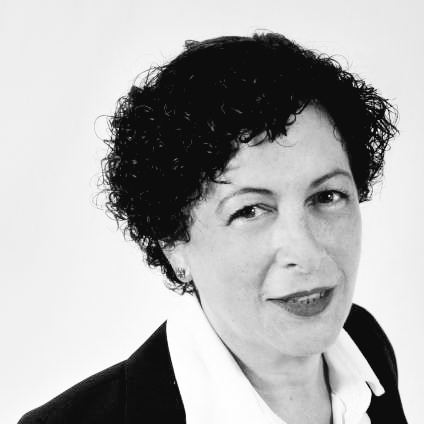
The biggest wind energy project in U.S. history is one giant step closer to reality, thanks to the Energy Department's approval for construction on a 705-mile transmission line called the Plains and Eastern Clean Line. The project will bring 4,000 megawatts of wind energy from the Oklahoma panhandle through Arkansas to Tennessee, from which point it will be distributed to consumers in South and Southeastern states.
That's welcome news to electricity consumers in the South-Southeastern business sector, who will be able to tout their location in a region with amped-up access to clean energy. However, some property owners and other stakeholders along the potential route in Arkansas and Oklahoma are gearing up for a fight that could involve eminent domain takings.
Who hates the Plains and Eastern Clean Line?
TriplePundit first took note of Plains and Eastern Clean Line wind energy project last fall, when the Energy Department released its final Environmental Impact Statement for the project. In addition to spurring wind development in the Oklahoma panhandle, the new line would also contribute to wind industry growth in nearby Texas.
The exact route has not been determined, but the company behind the project -- Clean Line Energy -- has roughed out the potential route.
It won't be smooth sailing. Local property owners and other opponents have been prepping for a fight since the project was first proposed in 2009. Impacts on property values and culturally-significant sites are a major concern for stakeholders along the route, including the Cherokee Nation in Oklahoma. Other issues include disruption of scenic areas.
A number of state officials have also stated their opposition to the project, one notable example being U.S. Sen. Tom Cotton (R-Arkansas), a known Koch brothers beneficiary. He has joined with several other Arkansas representatives to argue that the Energy Department has no authority to approve the new line.
Arkansas has also affirmed its authority to deny public utility status to the new line. That would effectively prevent Clean Line Energy from exercising eminent domain, except for one thing.
Who loves the Plains and Eastern Clean Line?
That one thing is the Energy Department, and this is where it gets interesting. With the Energy Department in the picture, eminent domain is available under federal authority regardless of state-level opposition.
Last week, Energy Secretary Ernest Moniz announced that his agency would in fact help develop the new wind energy line, exercising its authority under Section 1222 of the Energy Policy Act of 2005.
As explained by Secretary Moniz:
"Congress recognized the need for a modern and resilient grid that could accommodate increasing demands for power with newly available resources. Based on our thorough review of the Clean Line project, it satisfies the goals for which Congress established DOE’s authority."
Covering the announcement last week, Bloomberg noted that the decision "provides a potential workaround" for clean-energy transmission line development. As indicated by the map above, Clean Line alone has four such projects in the works, including Plains and Eastern. So, if the Energy Department's authority holds up in court, the floodgates will be open.
Even before the approval was announced, Clean Line Energy was busy lining up support from the business community in Sen. Cotton's home state. According to the Energy Department, Clean Line has three Arkansas companies on board to build transmission conductors, glass insulators and other infrastructure.
In addition, Clean Line also reached an agreement with the Oklahoma company Pelco for a $300 million order to construct steel transmission structures for the project.
It's also worth noting that Arkansas will get a piece of the clean-energy pie. One consequence of the years-long review and public input process is an agreement to ensure that wind energy from the new line will be distributed in that state.
Rumble over wind energy is just beginning
The Energy Department is emphatic that eminent domain will only be used as a last resort. But based on the opposition so far, it's fair to assume that there will be a long, hard battle over the route for the new transmission line.
The Energy Department's exercise of its authority is also sure to fuel the red-hot "states rights" issue, which has been boiling over lately -- one recent example being the armed occupation of Oregon's Malheur National Wildlife Refuge.
One way or another, though, further development of the nation's wind resources is inevitable.
If the Energy Department loses the Plains and Eastern fight, for example, there's still plenty of action in the offshore wind energy scene. Despite Koch-linked efforts to stymie renewable energy development all along the Eastern Seaboard, Rhode Island already has one offshore wind farm under construction, and it's only a matter of time before other Atlantic coast states follow.
Editor's Note: An earlier version of this post referenced residential and stakeholder opposition in Texas. The post has been updated to the correct state, Arkansas.
Image (screenshot) via Clean Line Energy.

Tina writes frequently for TriplePundit and other websites, with a focus on military, government and corporate sustainability, clean tech research and emerging energy technologies. She is a former Deputy Director of Public Affairs of the New York City Department of Environmental Protection, and author of books and articles on recycling and other conservation themes.














